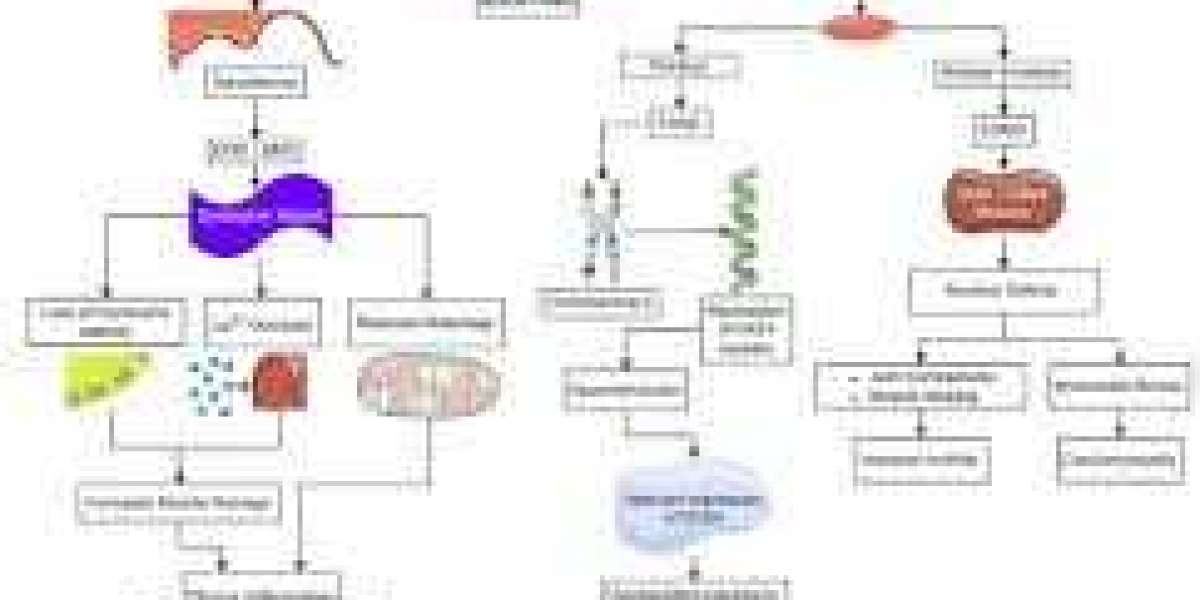Muscle spasms are sudden, involuntary contractions of one or more muscles. They can happen to anyone. These spasms often cause pain and discomfort. Understanding the causes, symptoms, and relief methods can help manage and prevent them.
What Are Muscle Spasms?
Muscle spasms occur when a muscle contracts on its own. This contraction is not under your control. It can last from a few seconds to several minutes. Sometimes, the muscle may feel hard to the touch. Spasms can happen in any muscle but are common in the legs, back, and neck.
Common Causes of Muscle Spasms
Muscle spasms have various causes. Identifying the root cause helps in finding the right treatment.
Dehydration
Dehydration is a common cause. When your body lacks enough fluids, muscles may cramp. This happens because water helps muscles contract and relax. Without enough water, muscles can spasm.
Overuse of Muscles
Overusing muscles during exercise or physical activity can lead to spasms. When muscles are overworked, they become fatigued. This fatigue can trigger involuntary contractions.
Electrolyte Imbalance
Electrolytes like potassium, calcium, and magnesium are essential for muscle function. An imbalance in these minerals can cause spasms. Low levels of potassium or magnesium are particularly common culprits.
Poor Blood Circulation
Poor blood flow to muscles can cause cramps. When muscles do not receive enough oxygen and nutrients, they may spasm. This is often seen in people who sit or stand in one position for long periods.
Nerve Compression
Compressed nerves can lead to muscle spasms. Conditions like herniated discs or spinal stenosis can put pressure on nerves. This pressure can cause muscles to contract involuntarily.
Medical Conditions
Certain medical conditions increase the risk of muscle spasms. Diabetes, kidney disease, and thyroid disorders can all contribute. These conditions affect muscle and nerve function, leading to spasms.
Medications
Some medications have side effects that include muscle spasms. Diuretics, statins, and blood pressure medications are common examples. If you experience spasms after starting a new medication, consult your doctor.
Symptoms of Muscle Spasms
Muscle spasms are easy to recognize. The main symptom is a sudden, sharp pain in the affected muscle. The muscle may feel tight or hard. You might see the muscle twitching or bulging. The pain can range from mild to severe. In some cases, the spasm may limit your movement.
Relief Tips for Muscle Spasms
Several methods can help relieve muscle spasms. These tips can reduce pain and prevent future spasms.
Stretch the Muscle
Gently stretching the affected muscle can provide relief. Stretching helps relax the muscles and stop the spasm. For example, if you have a calf spasm, try pulling your toes toward your head.
Massage the Area
Massaging the cramped muscle can ease the pain. Use your hands or a massage tool to apply pressure. This helps increase blood flow and relax the muscles.
Apply Heat or Cold
Applying heat or cold can reduce muscle spasms. Heat relaxes tight muscles, while cold reduces inflammation. Use a heating pad or ice pack for 15-20 minutes.
Stay Hydrated
Drinking enough water prevents dehydration-related spasms. Aim for at least eight glasses of water a day. If you exercise or sweat a lot, drink more.
Replenish Electrolytes
Eating foods rich in potassium, calcium, and magnesium can help. Bananas, oranges, spinach, and nuts are good sources. You can also drink electrolyte-rich sports drinks.
Improve Blood Circulation
Improving blood flow reduces the risk of spasms. Avoid sitting or standing in one position for too long. Take breaks to move around and stretch.
Take Over-the-Counter Pain Relievers
Over-the-counter pain relievers like ibuprofen can reduce pain and inflammation. Follow the dosage instructions on the label.
Rest the Muscle
Resting the affected muscle gives it time to recover. Avoid activities that strain the muscle until the spasm subsides.
Use Proper Techniques During Exercise
Using proper techniques during exercise prevents overuse injuries. Warm up before exercising and cool down afterward. Stretch regularly to keep muscles flexible.
Consult a Doctor
If muscle spasms are frequent or severe, see a doctor. They can identify underlying causes and recommend treatments. In some cases, physical therapy or prescription medications may be necessary.
Preventing Muscle Spasms
Preventing muscle spasms involves lifestyle changes and self-care practices.
Maintain a Balanced Diet
Eating a balanced diet ensures your body gets essential nutrients. Include fruits, vegetables, lean proteins, and whole grains in your meals. This supports overall muscle health.
Exercise Regularly
Regular exercise keeps muscles strong and flexible. Focus on strength training and stretching exercises. Avoid overexertion to prevent muscle fatigue.
Stay Active
Staying active improves blood circulation. Take short walks, stretch, or do light exercises throughout the day. This is especially important if you have a sedentary job.
Manage Stress
Stress can tense muscles and lead to spasms. Practice relaxation techniques like deep breathing, meditation, or yoga. These methods help reduce muscle tension.
Wear Proper Footwear
Wearing supportive shoes prevents muscle strain. Choose shoes that fit well and provide adequate arch support. This is especially important for athletes and people who stand for long periods.
Avoid Caffeine and Alcohol
Caffeine and alcohol can dehydrate the body. Limit your intake to prevent dehydration-related spasms. Opt for water or herbal teas instead.
Get Enough Sleep
Adequate sleep allows muscles to recover and repair. Aim for 7-9 hours of sleep each night. Create a comfortable sleep environment to improve sleep quality.
Monitor Medications
If you take medications that cause spasms, talk to your doctor. They may adjust the dosage or suggest alternatives. Do not stop taking prescribed medications without medical advice.
When to Seek Medical Help
Most muscle spasms are harmless and go away on their own. However, some cases require medical attention.
Frequent Spasms
If you experience frequent spasms, consult a doctor. This could indicate an underlying medical condition that needs treatment.
Severe Pain
Severe pain that does not improve with home remedies warrants a doctor’s visit. Persistent pain may signal a more serious issue.
Swelling or Redness
Swelling or redness in the affected area could indicate an infection or injury. Seek medical help if you notice these symptoms.
Muscle Weakness
Muscle weakness accompanying spasms may indicate nerve damage. A doctor can perform tests to determine the cause.
Numbness or Tingling
Numbness or tingling in the affected area may suggest nerve compression. This requires medical evaluation to prevent further damage.
Conclusion
Muscle spasms are common but manageable. Understanding their causes and symptoms helps in finding effective relief. Simple lifestyle changes and self-care practices can prevent spasms. If spasms are frequent or severe, seek medical advice. Taking proactive steps ensures better muscle health and overall well-being.







